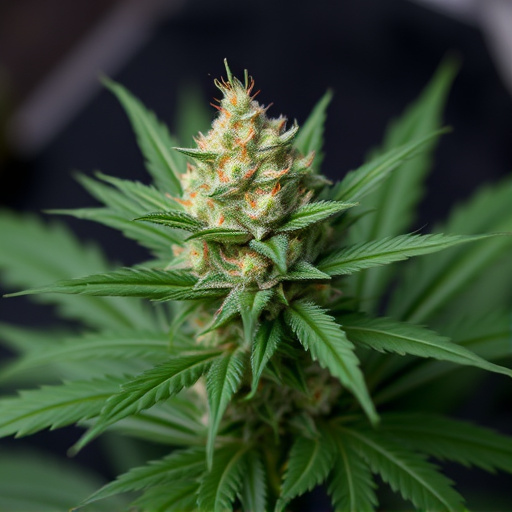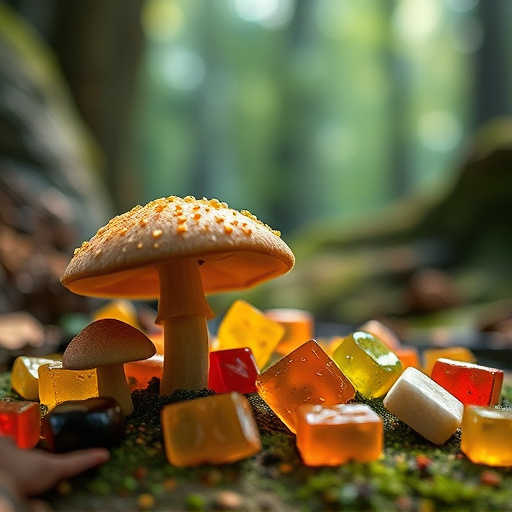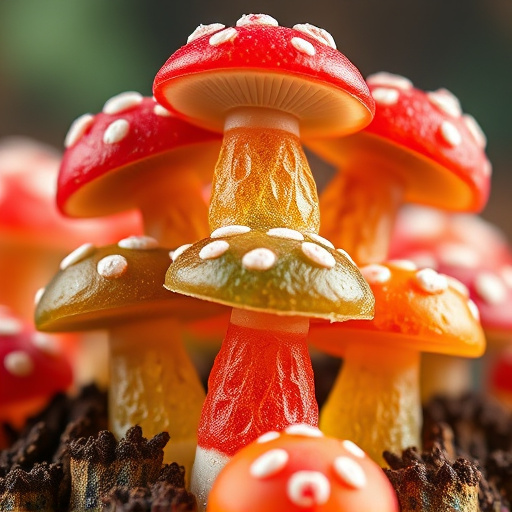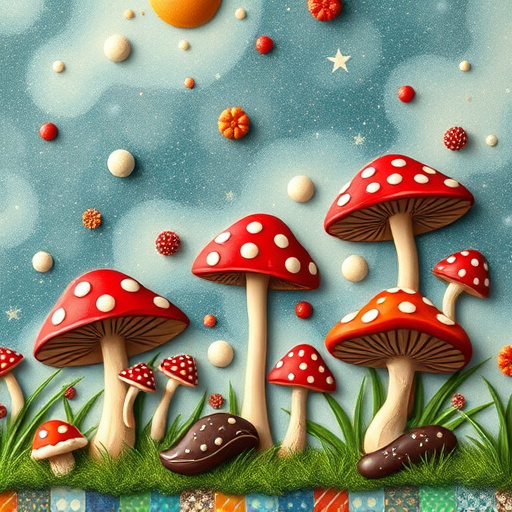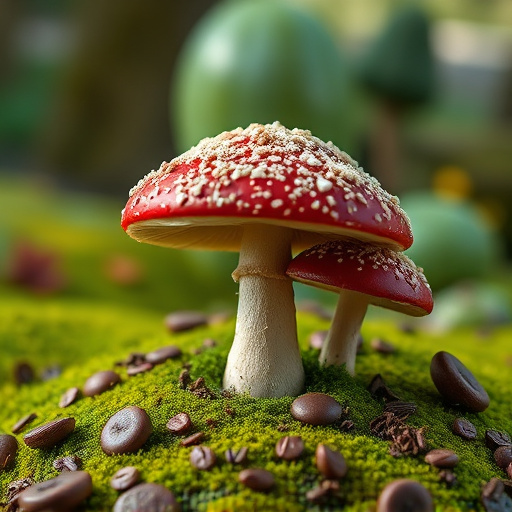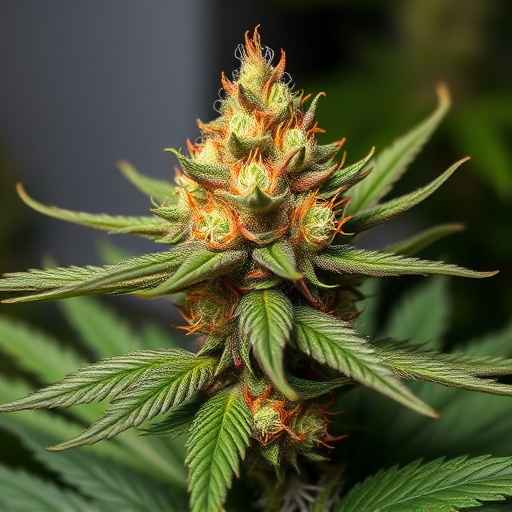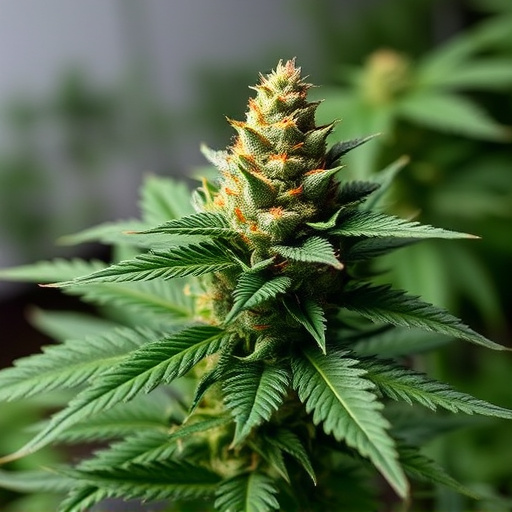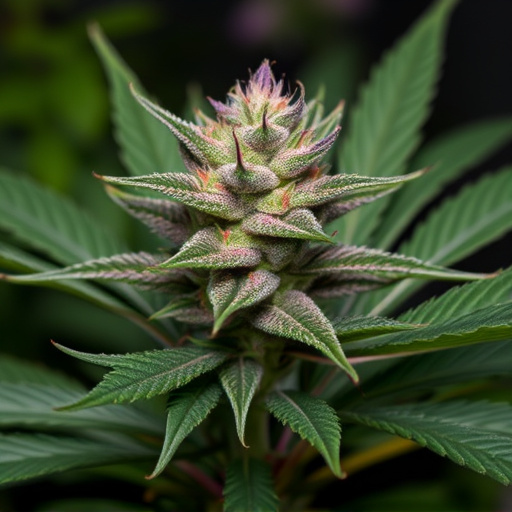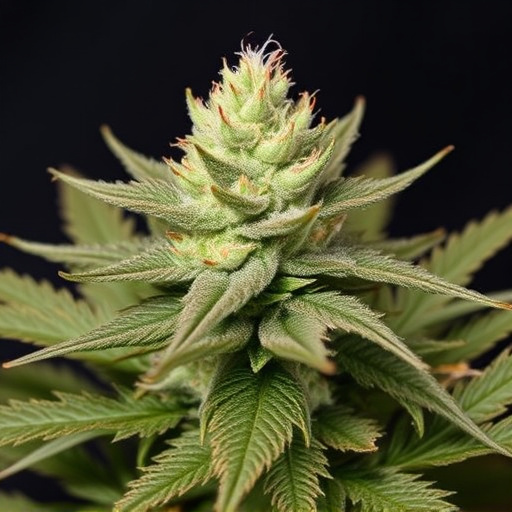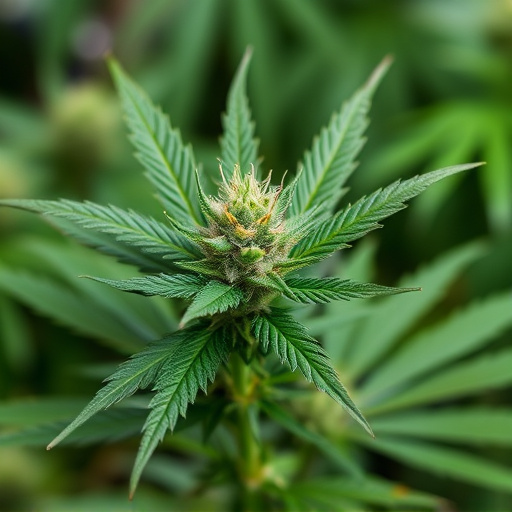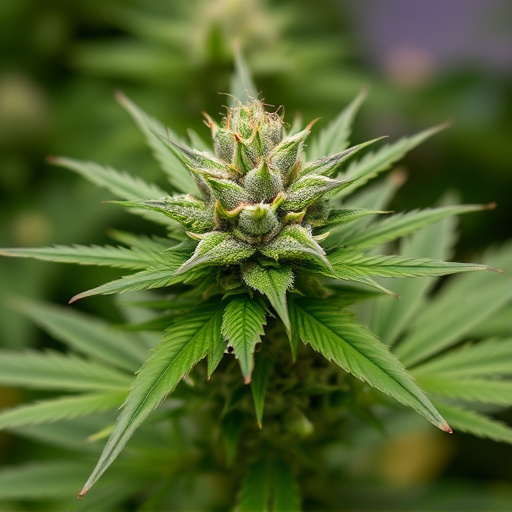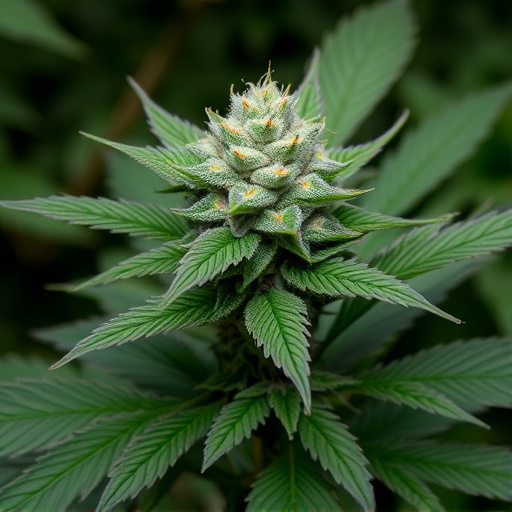The unique colors of cannabis flowers, such as purple, red, and blue, result from complex interactions between genetics and terpene profiles. Each strain has a distinct combination of cannabinoids, terpenes, and flavonoids that contribute to its visual appeal, aroma, flavor, and potential therapeutic effects. Genetic diversity leads to variations in terpene production, with specific terpenes like linalool and myrcene influencing color and offering sedative properties. Best strains of cannabis are celebrated for their striking colors and potential health benefits, including anti-inflammatory and antioxidant properties. Breeders selectively cultivate these plants to enhance color traits and therapeutic effects, making them popular choices among medical and recreational users.
Unravel the mysteries behind the captivating colors of cannabis in this comprehensive guide. We explore the multifaceted causes of purple, red, and blue weed, delving into genetics, environmental factors, and chemical composition. Discover how cannabis strains inherit their vibrant hues from ancestral terpene profiles, and learn about specific terpenes that contribute to these unique shades. Understand the science behind anthocyanins, the chemicals responsible for the red, purple, and blue spectrum, and uncover the best strains known for their striking pigmentation and potential health benefits.
- Genetics and Terpene Profiles: The Root of Color Variation
- – Explanation of how cannabis strains inherit color traits from their ancestors.
- – Role of specific terpenes in determining purple, red, and blue hues.
Genetics and Terpene Profiles: The Root of Color Variation
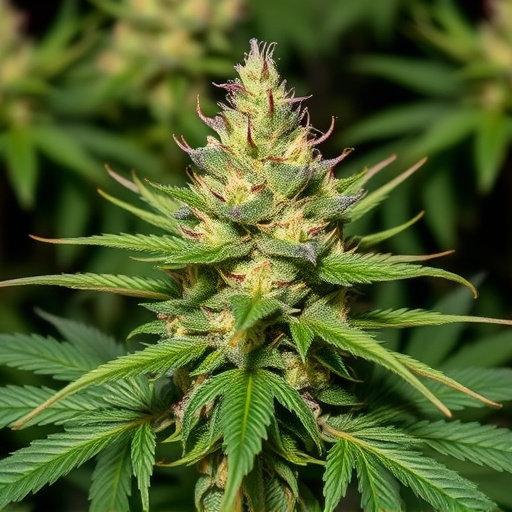
The color of cannabis flowers is a result of complex interactions between genetics and terpene profiles. Each strain of cannabis has its unique combination of cannabinoids, terpenes, and flavonoids that contribute to its visual appeal. These chemical compounds not only give weed its characteristic colors—purple, red, or blue—but also play a significant role in shaping its aroma, flavor, and potential therapeutic effects.
Genetic diversity among cannabis plants is vast, leading to variations in terpene production. Terpenes are aromatic compounds that occur naturally in many plants, including cannabis. Different strains of cannabis accumulate different types and levels of terpenes, which can influence the final color of the flowers. For instance, higher concentrations of anthocyanins—a group of flavonoids responsible for red, purple, and blue hues—can make a strain appear more purple or red. Best strains of cannabis known for their striking colors often owe their distinctive appearance to these genetic and terpene factors, making them sought-after among both medical and recreational users.
– Explanation of how cannabis strains inherit color traits from their ancestors.
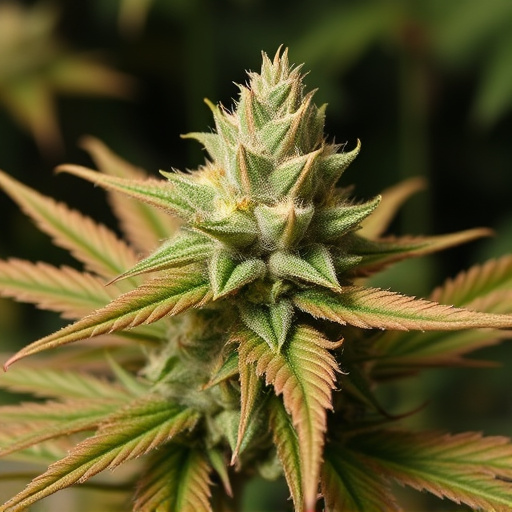
Cannabis plants, like many others, acquire their distinctive colors from pigments produced by specific genetic traits passed down through generations. The vibrant purple, red, and blue hues often seen in certain strains are no exception. These colors are primarily derived from anthocyanins—a type of pigment responsible for giving berries, grapes, and some flowers their rich colors. In the world of cannabis, these anthocyanin-rich strains have gained popularity among those seeking unique and visually appealing specimens.
Breeders have been selectively cultivating these remarkable plants to enhance and preserve these color traits, resulting in what are often considered the best strains of cannabis. Through careful breeding practices, they’ve not only created varieties with striking appearances but also potentially offered potential therapeutic benefits associated with specific pigments. For instance, studies suggest that anthocyanins may possess anti-inflammatory and antioxidant properties, adding another layer of interest to these visually captivating best strains of cannabis.
– Role of specific terpenes in determining purple, red, and blue hues.
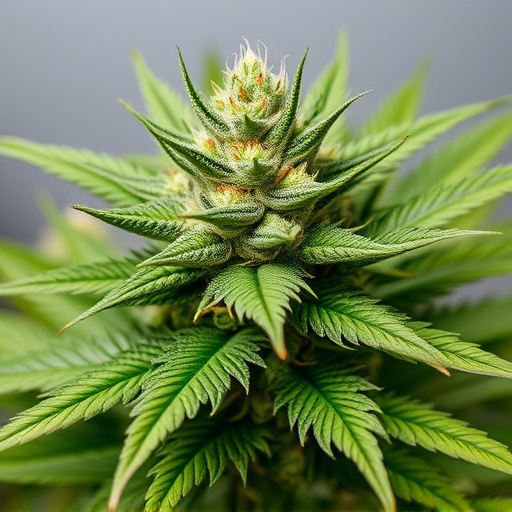
The captivating colors of purple, red, and blue in cannabis flowers aren’t merely aesthetic; they’re a result of complex chemical interactions within the plant itself. These hues are largely determined by specific terpenes, aromatic compounds that contribute to both the taste and smell of cannabis. In many best strains of cannabis known for their vibrant pigmentations, terpenes like linalool (responsible for lavender-like aromas) and myrcene (with earthy, fruity notes) play a significant role in creating these distinctive colors.
These terpenes don’t merely provide visual appeal; they also interact with cannabinoids like THC and CBD, influencing the overall effects of the plant. For instance, higher concentrations of linalool in certain strains are linked to sedative and stress-relieving properties, while myrcene is known for its potential pain-relieving and anti-inflammatory benefits. Thus, not only do these terpenes contribute to the stunning colors, but they also play a crucial role in shaping the therapeutic profile of many sought-after cannabis varieties.
The vibrant colors of purple, red, and blue in weed aren’t just aesthetic; they’re a result of complex genetic interactions and unique terpene profiles. These compounds, passed down from ancestral strains, not only contribute to the visual appeal but also offer distinct therapeutic benefits. When exploring the best strains of cannabis, understanding these color-inducing factors can enhance your experience, providing both visual pleasure and potential health advantages.
